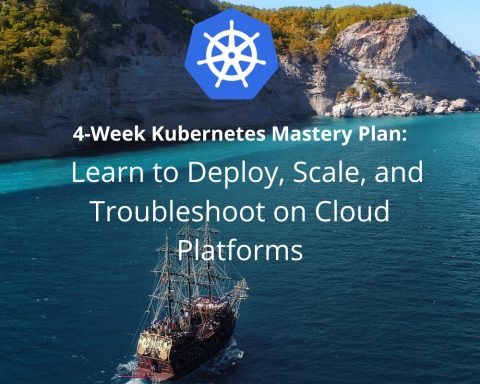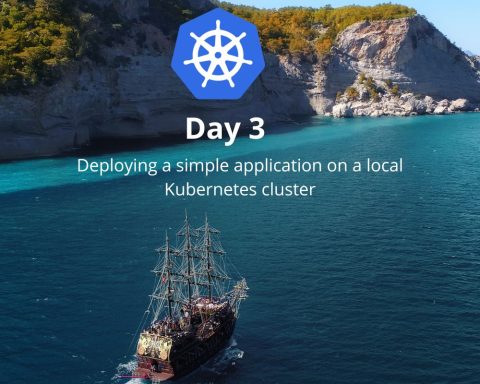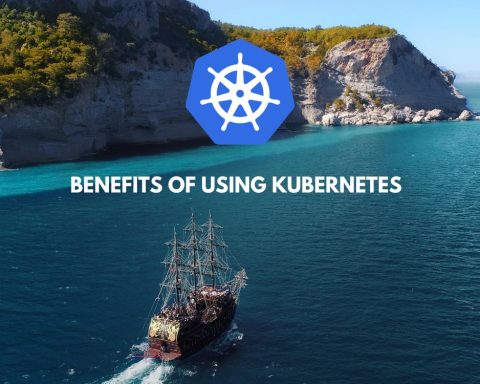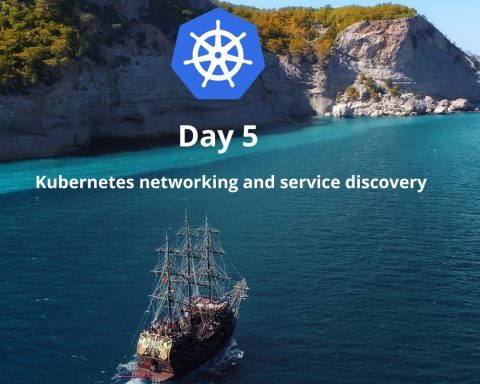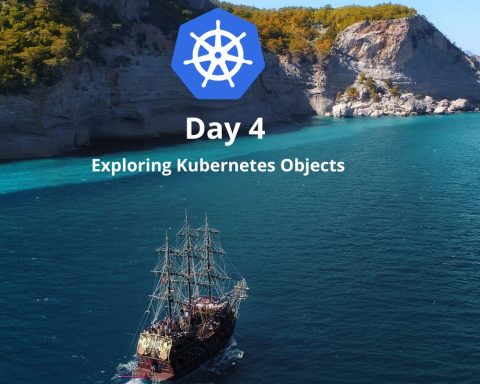If you intend to work as a DevOps engineer, you simply have to consider these DevOps tools. A core concept within the technical fraternity, DevOps is where the software development and operations meet to ensure CI and CD.
For those of you who are not familiar with the concept, DevOps, if put in layman’s terms, is:
A combination of processes in which both the software engineers and operation engineers work as a unified front throughout the entire software development cycle, starting from ideation to production support. Initially, the development and the service sides were considered as two separate entities and were responsible for handling different dimensions in a software cycle.
However, there were numerous siloed challenges such as increased development time, low throughput, etc. faced due to this.Increased production time, improved communication, reduced cost, and deployment failures are the key motivators behind DevOps. For a company to completely harness the power of DevOps, they need to take care of five major processes, i.e. Communication, CI/CD, Configuration Management, Security and Monitoring & Alerting.
Top 10 DevOps Tools
As technology advances, numerous DevOps tools have been developed to make collaboration and development easier. To help you refine your DevOps strategy, I’ve mentioned here 10 top DevOps tools which you should use in the year 2023.
Slack
Launched in the year 2013, Slack is still one of the top communication tools used by teams for effective collaboration on projects. This tool in the DevOps arsenal is used by technical organizations across the globe to tear down barriers and offer all team members a clear insight into the workflow. One exciting feature about Slack is that it allows developers to collaborate using toolchains in the same environment they are communicating with other maintenance and service members.
Jenkins
The Jenkins CI server automates the complete build cycle of a software project. The USP of this tool is the Pipeline feature it offers, which can be utilized by the developers to automatically commit code into the repository. Developers can run test cases, as well as fetch reports obtained after testing.
This highly customizable tool provides instant feedback and hence will warn you if a particular sprint is leading to a broken build or is harming the same.
Most of the tasks and tools involved in SDLC can be automated using Jenkins, allowing team members to increase their throughput.
Docker
Docker is a tool designed to make it easier to create, deploy, and run applications by using containers. Containers allow a developer to package up an application with all of the parts it needs, such as libraries and other dependencies, and ship it all out as one package. This eliminates the need to worry about the underlying infrastructure and ensures that the application will run consistently on any other platform. Docker provides an additional layer of abstraction and automation of operating-system-level virtualization on Windows and Linux.
This makes it easier to deploy applications in a fast and reliable way, and it is becoming increasingly popular for deploying microservices. According to a report, 2 out of 3 companies who have tried this application have adopted it within 30 days of using it.
Phantom
The security of software is one of the prime concerns of any DevOps team. As such, the Phantom tool comes as a great help to developers who wish to build a defensible infrastructure from the very beginning of SDLC. Using the Phantom tool, you can collaborate in a centralized environment on an incident and be aware of the rising security threats at the same time. Phantom gives DevOps professionals an option to mitigate such risks instantaneously using techniques such as file detonation, device quarantine, etc.
Nagios
Similar to Phantom, Nagios is also a monitoring tool which tends to keep tabs on the applications, servers as well as your overall business infrastructure.
The tool comes in as a great help for large organizations which have a countless number of circuitry (routers, servers, switches, etc.) in the backend.
It alerts the users in case a particular fault occurs on the backend or any device fails. It also regularly maintains a performance chart and monitors trends to alert the user of a possible failure which may occur.
Vagrant
A vagrant is a tool for managing and working with virtual machines in a single workflow. Using Vagrant, team members can share software running environment and can test applications faster without wasting time on setting up configurations. The tool ensures that the environment for a particular project remains the same across every developer’s machine.
Ansible
Ansible is one of the most simple yet effective IT orchestration and configuration management tools available in the market. Compared to its competitors such as Puppet and Chef, which are loaded with features, Ansible offers a softer outlook and doesn’t hog on your device’s resources in the background.
This tool is primarily utilized for pushing new changes within the existing system, as well as configuring newly deployed machines. Lowering the costs of infrastructure and increasing the replication speed of scalability are just two of the reasons which have made this an absolute favorite amongst IT companies.
GitHub
Launched in the year 2000, GitHub remains one of the top DevOps tools for easy collaboration.
Using this tool, developers can make rapid iterations to the code. The notification of which is sent instantaneously to other team members.
In case of any error or fallout, immediate rollbacks can be done to the previous version within seconds, thanks to the branched history of changes that are stored contiguously within the tool.
Sentry
This tool supports languages such as Ruby, IOS, JavaScript, etc. and further has inbuilt SDKs which can be customized for supporting most languages and frameworks.
The tool continuously scans lines of code across the entire system and sends notifications if it finds an error or problem.
Not only does it highlight the problem, but offers a choice of possible solutions that can be incorporated with a single click.
BitBucket
Similar to GitHub, BitBucket is also a tool that helps manage project code throughout the software development cycle.
While GitHub still ranks as the top repository, people are shifting to BitBucket due to its reduced cost as well as the feature of the private repository.
While the core functionality of BitBucket resembles that of GitHub, features such as easy integration with Jira and Trello, inbuilt CI/CD functionality tend to give this tool by Atlassian an edge.
Conclusion
So, these were the top 10 DevOps tools that are being increasingly adopted by companies across the globe.

